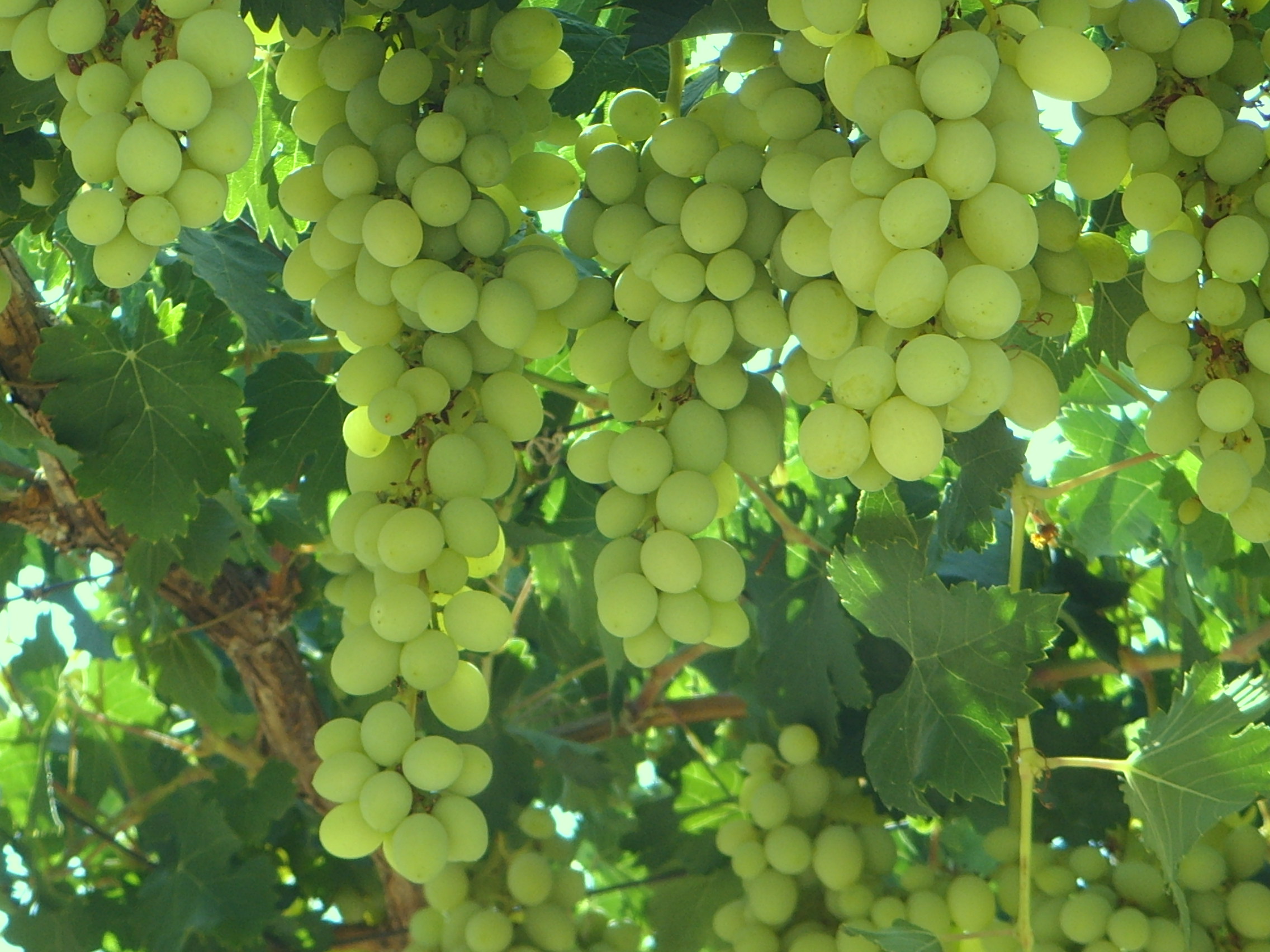Most fruit trees and vines require pruning to optimize its fruit production capacity and grape vines are no exception. Pruning the vines properly is the best way to make sure that your crops will produce more fruits for years to come. Growing and maintaining a grape vine is no small task; it requires time and can be frustrating for other people. Pruning is an important step to encourage new growth and stop possible diseases that may hamper the growth of your plants.
1. Pruning vines can help you control the size of your crops. It also maintains the quality of grapes and helps keep the growth of the vines manageable.
2. People who are experts at pruning grape vines have even worked this out into an exact science by counting each bud that grows on the branches.
3. You can start pruning your grape vines pretty much anytime during warmer climates after leaf loss in the autumn and before new buds grow in the spring. However, during cold climates, its best to wait until mid-winter before pruning your vines. This is done so the vines will not be forced to grow too early and then get destroyed by the late frost.
4. Pruning the grape vines starts by finding the thickest or strongest stem on the grape vine. This will serve as its main trunk. Trim all other stems that grow at the base of the trunk.
5. Pruning grape vines on the second years' spring season entails cutting all the side stems except for the two strongest ones on the side of the main trunk. Also pinch the top of the vine to force side growth.
6. Pruning the vines during the summer of the second year entails cutting the top of the vines to induce fruit production.
7. Pruning vines during the spring and summer of the third year keeps the basic framework of the vines.
8. When pruning grape vines during the third winter, leave twelve buds on each side of the trunk. These buds will produce the fruits the next summer. Continue doing this process each winter, making sure that there are always twelve renewal buds on the stems to ensure fruit production the following summer.
1. Pruning vines can help you control the size of your crops. It also maintains the quality of grapes and helps keep the growth of the vines manageable.
2. People who are experts at pruning grape vines have even worked this out into an exact science by counting each bud that grows on the branches.
3. You can start pruning your grape vines pretty much anytime during warmer climates after leaf loss in the autumn and before new buds grow in the spring. However, during cold climates, its best to wait until mid-winter before pruning your vines. This is done so the vines will not be forced to grow too early and then get destroyed by the late frost.
4. Pruning the grape vines starts by finding the thickest or strongest stem on the grape vine. This will serve as its main trunk. Trim all other stems that grow at the base of the trunk.
5. Pruning grape vines on the second years' spring season entails cutting all the side stems except for the two strongest ones on the side of the main trunk. Also pinch the top of the vine to force side growth.
6. Pruning the vines during the summer of the second year entails cutting the top of the vines to induce fruit production.
7. Pruning vines during the spring and summer of the third year keeps the basic framework of the vines.
8. When pruning grape vines during the third winter, leave twelve buds on each side of the trunk. These buds will produce the fruits the next summer. Continue doing this process each winter, making sure that there are always twelve renewal buds on the stems to ensure fruit production the following summer.
Bakari is a Grapes Growing Fan and has been growing grapes for the last 5 years. He has published several works on grapes growing including a Free ebook on grapes growing tips which can be accessed Free at his website: http://www.howtoprunegrapevines.com. Article Source: http://EzineArticles.com/?expert=Bakari_Masudi |  |


